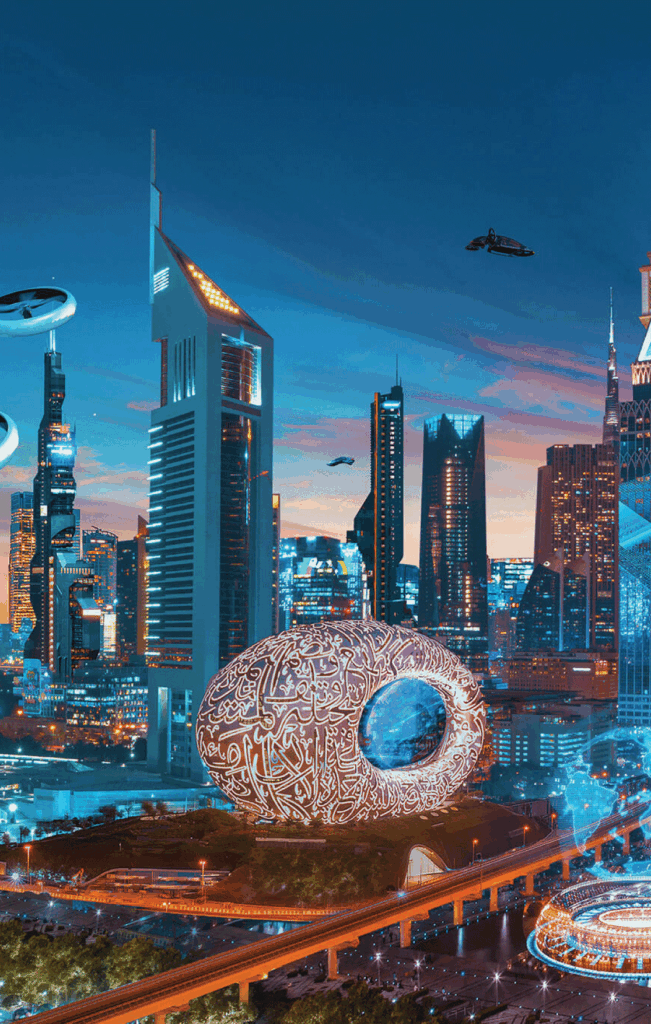Program Overview
The Master of Virtual Production is an advanced postgraduate curriculum engineered to develop technically proficient and creatively agile professionals in the domains of real-time 3D content creation, virtual cinematography, and immersive storytelling. Built upon core principles of computer graphics, real-time rendering, and interactive media systems, this program leverages industry-standard platforms such as Unreal Engine to deliver hands-on, production-level competencies.
Through a balanced integration of cinematic theory, procedural workflows, and technical tooling, students will acquire domain expertise in end-to-end virtual production pipelines including previsualization, CG integration, real-time rendering, and LED-based on-set compositing. Emphasis is placed on multi-disciplinary team collaboration, modular content development, and interactive asset integration for broadcast, OTT, film, and gaming ecosystems.
Program Objectives
Upon successful completion, students will:
Achieve technical fluency in Unreal Engine, including its Blueprints scripting system and Sequencer cinematic tools.
Design and optimize real-time virtual production pipelines integrating LED wall rendering and green screen keying techniques.
Construct photorealistic and stylized virtual environments with adaptive lighting, materials, and shaders.
Implement multi-platform deployment strategies for immersive media experiences.
Leverage AI-assisted design tools and MetaHuman Creator for character and scene development.
Attain competencies mapped to NSQF standards, enabling vertical and lateral mobility across animation, gaming, and digital media sectors.
Course Structure
Experiential Learning & Industry Engagement
Internship Program: Summer-term immersion in virtual production studios or XR startups.
Live Capstone Projects: End-to-end production projects simulating industry workflows under studio conditions.
Professional Showreel Development: Curation of a personal portfolio with an emphasis on workflow documentation and technical annotations.
Collaborative Group Project: Full-stack production simulating industry departments (e.g., modeling, FX, compositing, technical direction).
Assessment Framework
Technical assignments, critical review essays, and peer-evaluated design reviews.
Module-end deliverables aligned with real-world production timelines.
Mid-semester and end-semester technical examinations.
Internship deliverables and supervisor evaluations.
Capstone project presentation and viva.
Career Trajectories
Graduates of this program are equipped for technically intensive and creative roles, including:
Virtual Production Artist
VP Visualization Specialist
VFX Supervisor
Previsualization Artist (Previz)
Unreal Engine Generalist
Virtual Art Director
Unreal Technical Director (TD)
XR Environment Designer
This program trains the next generation of real-time production experts, blending artistic sensibilities with advanced software engineering to shape the future of immersive storytelling and digital cinema.
